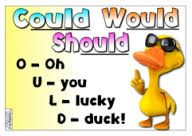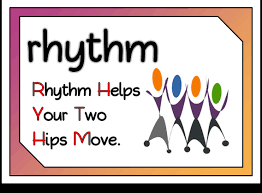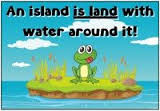How to teach Spelling - Spelling Strategies
1
Break it into sounds (d-i-a-r-y)
2
Break it into syllables (re-mem-ber)
3
Break it into affixes (un + govern + able)
4
Use a mnemonic (necessary – one collar, two sleeves)
5
Refer to word in the same family (sign – signature)
6
Say it as it sounds (Wed-nes-day)
7
Words within words (library – has a bra in
it)
8
Refer to etymology (bi + cycle = two + wheels)
9
Use analogy ( train, main, etc)
10
Apply
spelling rules (double consonant with cvc verbs - stopping
)
12
Learn by sight (look-cover-write-check)

How
to Respond to Spelling Mistakes
Pick up on common words first. Highlight the part of the word that is wrong in a different colour. Find a strategy, like a mnemonic
There is SPIT in a hospital.
Father And Mother I Love You - family
Never Eat Cucumber Eat Smoke Salmon And Remain Young - necessary
O U Lucky Duck - could, would
There
is a RAT in separate
I
to the END will be your FRIEND
Help with Learning Spellings
Use the http://puzzlemaker.discoveryeducation.com website to make wordsearches and crosswords to support spelling.
Use
Apps like Squeebles Spelling to learn spelling
lists


Rules for making words plural (more than one)
Most words just add s
Add es if the word ends in a hissing/ buzzing/ shushing sound.
Another way to remember this is to add es if you can hear an extra syllable when you make it plural.
Words ending in e, just add s.
Words ending in y, add s if the final letter has a vowel in front. (boy - boys) change the y to i and add es if the final letter has a consonant in front. (city - cities)
___________________________________________________
Write the plurals of these words into a table:
pen berry sandwich tick key toys kiss city
pass game baby fly witch puppy brush
|
Add s |
Add es |
Change y to i and add es |
|
|
|
We are going to look at words ending in f.
1. Can you think of any words that end in f?
2. What happens to the f when the word becomes plural (more than one)?

|
Can you find any exceptions? "q" is always written as "qu" in words (kw). No English word ends in v, j, i or q. Double l, f, s, after one vowel at the end of a short word, e.g. call, toss, stiff, stuff. The "i" or "ee" sound at the end of a word is always written as "y". Regular plurals are made by adding "s", e.g. dogs, horses, cliffs. For plurals of words with a "hissing" end, add "es", e.g. buses, foxes, buzzes, wishes, churches, misses. "ck", "dge", "tch" are usually after a short vowel. If a word ends in a consonant plus "y", change the "y" to "I" before adding any ending except "ing". E.g. marry-married-marrying. When "c" is followed by "e", "i" or "y", it says "s". Otherwise it says "k", e.g. centre- cream. When two vowels go walking, the first does the talking and tells you it’s name the second says nothing at all. When adding "ing" or "ed" think of the Add Double or Drop rule. When "g" is followed by "e", "i" or "y", it says "j" as in gentle. Otherwise it says "g" as in gold. When "w" comes before "or" it says "wer" as in worm, e.g. work, worst. "y" only acts as a consonant at the beginning of a word, e.g. yes, otherwise it says "i", e.g. cry or "ee", e.g. very. |
- Spelling Curriculum.docx
- Statutory Spelling information
- LPU Spelling Challenges.pdf
- useful spelling resource
- Year 7 Spelling Bank.pdf
- Useful KS3 Spelling resource
- KS2 Spelling Bank.pdf
- Literacy Strategy Spelling Ideas
- Phonic Spellings.pdf
- Phonic Spelling resource




